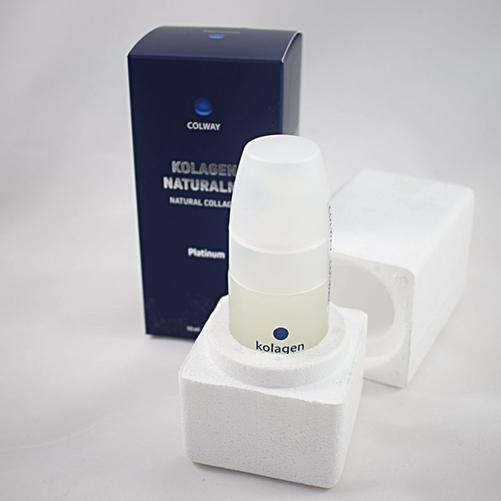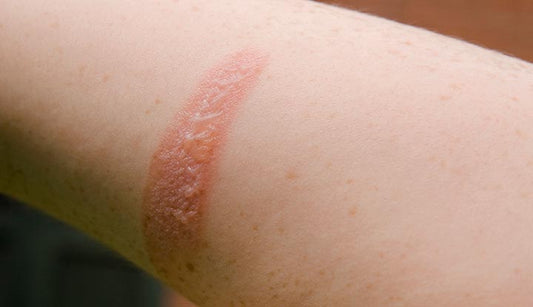We Compare Disposable and Washable Incontinence Underwear
We understand that managing incontinence can be difficult and expensive. Incontinence underwear is an essential part of the solution for many people experiencing urinary or fecal leakage. However, not all incontinence underwear is created equal, and choosing between disposable and washable options can be confusing. In this article, we compare disposable and washable incontinence underwear in terms of cost, convenience, comfort, and environmental impact, to help you make an informed decision.
Cost
Disposable incontinence underwear is often more expensive than washable options, especially if you need to wear it regularly. Although some disposable products claim to be "ultra-absorbent," they may not last as long as washable products or provide the same level of protection. On the other hand, washable incontinence underwear may require an initial investment, but can save you money in the long run. They are usually made of durable materials that can withstand multiple washings and can be reused many times.
comfort
Disposable incontinence underwear is often marketed as the most convenient option since it requires no washing or drying. However, this convenience comes at a cost, as you have to get rid of used products on a regular basis. This can be challenging if you have mobility issues or live in an area without proper waste management facilities. On the contrary, washable incontinence underwear can be washed and dried like normal underwear, which is more convenient for many people. You can also choose when and where to wash them, giving you more control over your hygiene and schedule.
Comfort
Both disposable and washable incontinence underwear can provide comfort and protection, but the materials and design can make all the difference. Disposable products are often made from synthetic materials that can trap heat and moisture, leading to skin irritation and odor. Some people also find them noisy or bulky, which can affect your confidence and mobility. Washable products, on the other hand, are often made from soft, breathable fabrics that can absorb moisture and prevent odor. They are also available in different styles and sizes, so you can find the one that best suits you.
Environmental impact
Disposable incontinence underwear contributes to the growing problem of single-use plastics and waste. By some estimates, a single adult can generate up to 50 pounds of disposable incontinence products a year, which can take centuries to break down and harm wildlife and ecosystems. Conversely, washable incontinence underwear can significantly reduce your carbon footprint and waste. They also do not require the use of harsh chemicals or water in their production, which is better for the environment and your health.
Conclusion
In conclusion, choosing between disposable and washable incontinence underwear depends on your personal preferences, needs, and values. While disposable products can be more convenient and absorbent in some situations, they can also be more expensive, inconvenient, and environmentally damaging. Washable products may be a more affordable, comfortable, and sustainable option, but they require more effort and resources to maintain. Ultimately, the decision is up to you, but we hope this article has provided you with some useful information to make an informed decision.























































































































